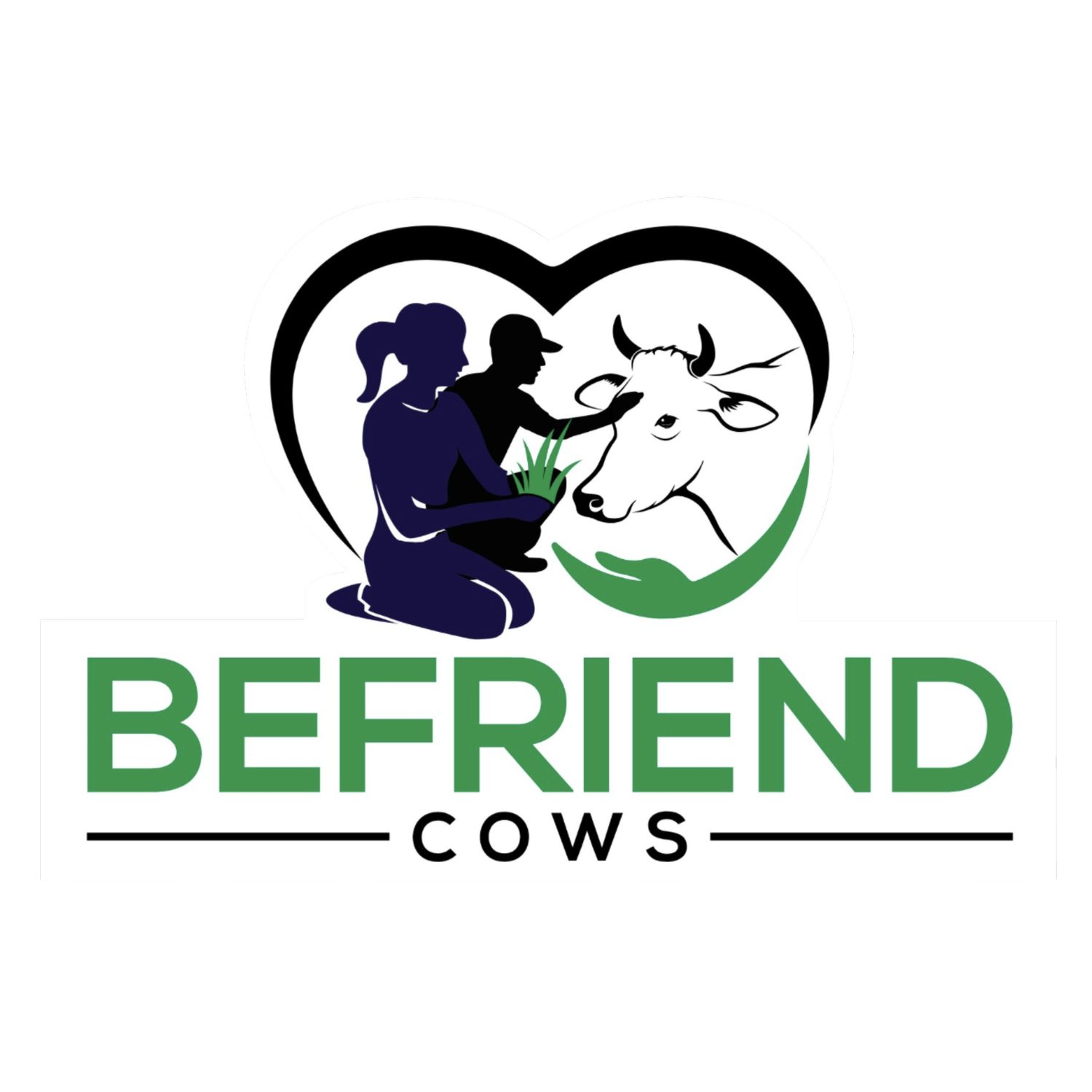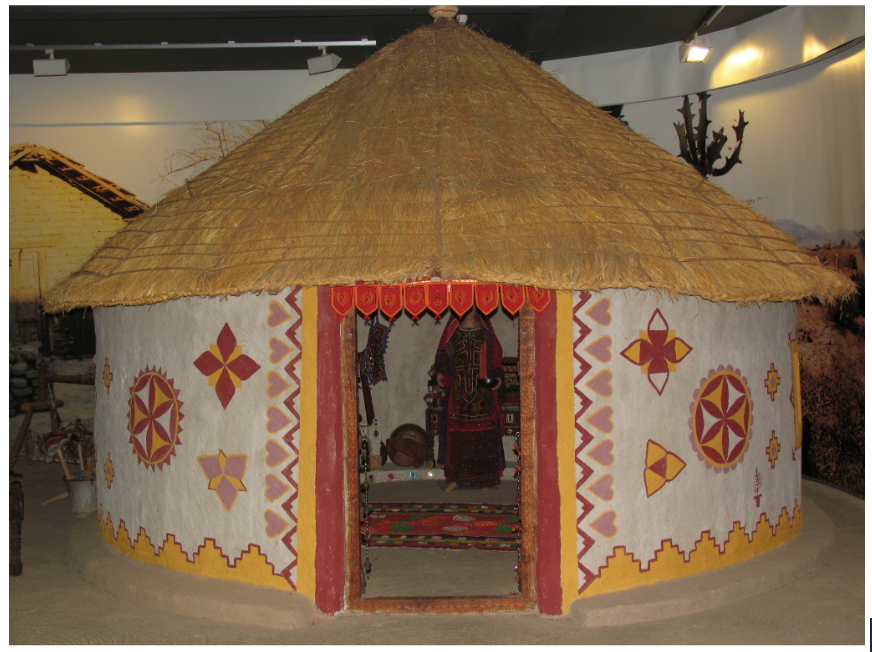Beyond Bricks and Mortar: How Cow Dung Boosts Sustainable Architecture
When you think of sustainable building materials, cow dung isn't the first that comes to mind. In fact, it's probably not something that many would consider as a viable option at all. But surprisingly enough, cow dung is one of the most sustainable and restorative building materials available! From its impressive thermal insulation capabilities to its antimicrobial benefits for animal welfare and human health, this natural resource could alter the building industry in ways we never expected. People around the world have started using it on everything from homes to livestock structures –– rethinking construction in an eco-friendly way while also considering animal rights (after all, cows are more than just food sources!)
In this blog post, we'll explore some facts about how cow dung can increase sustainability in your construction projects. We will sit down with an architecture graduate, Monu Dalal to learn more about his recent research in this space – so keep reading!
Introduction
Today, floors waxed with cow dung followed by Kolam drawings are tributes to environmental co-existence in India. Cow dung has been used as a building material since ancient times. For instance, archeological evidence suggests that cow dung was used to construct walls, floors and roofs in the Indus Valley Civilization more than 5,000 years ago.
The Bhunga Roundhouse in Hodka, Gujarat
This ancient practice has also been documented in other parts of the world including Africa and Central America where cow dung was historically used as an adhesive or sealant on houses made from mud or adobe bricks. The MapDung project, for instance, has uncovered evidence of dung being used in Motza, a large village in the foothills of Jerusalem. The structure and foundation of homes in Tiébélé have been identified to be made of soil mixed with straw and cow dung. The beehive houses in Harran, Turkey, which are known to withstand earthquakes, violent wind storms and seasonal heavy rains are made entirely of mud or clay mixed with cow dung. The mosquito-repelling, loaf-shaped, Inkajijik (homes) in Maasai are made from mud, sticks, grass, cow dung and cow urine. The sturdy and climate controlled Wattle and Daub homes of Native American People’s settlements in the US also incorporate cow dung.
Using cow dung as a sustainable construction material isn’t ancient. Students from a business school in Indonesia, for instance, partnered with farmers to produce building bricks named EcoFaeBrick in 2009. Made using cow dung, these bricks are 20% lighter and 20% more compact in comparison to clay bricks. This system cycled methane released by the cows into biogas which was used to power the production of the bricks. As such, this system helped reduce damages to the cultivable land resulting from massive clay excavation while empowering farmers.
Museo Della Merda, an Italian museum dedicated for artistic and scientific explorations creates Merdacotta, a building material mixed from cow dung, straw, farm waste, and Tuscan clay. Created by a local dairy farmer in 2015 and located in northern Italy, this museum continues to promote eco-friendly recycling.
The Vedic Plaster from India, for instance, replaces the conventional layer used in concrete structures for smooth walls made from cow dung, soil, clay, neem leaves, gypsum, cluster beans, limestone and other eco-friendly materials. The thermal insulating properties of the cow dung plaster have a cooling effect in summers and keep houses warm in winters; unlike cement plaster which makes homes warmer in summers and cooler in winters. The Vedic plaster also acts as an air purifier and releases positive energy in the house.
Northeastern India is one of the most seismically active regions in the world, being vulnerable to heavy earthquakes. This forces the northeastern states of India to innovate on construction. Sourced from local materials such a bamboo, mud and cow dung, the walls of the building are built with a material called “Ikora”. Laid vertically and woven together into a form of a mat with thin pieces of bamboo, the Ikora is plastered with mud and cow dung. However, the houses are vulnerable to fire because of use of untreated wood-based materials and flammable cow dung.
The katcha house model in Pakistan uses locally available material such as sand, mud, straw, wheat stalk, reed, bamboo, lime, cow dung and nuts and bolts to build rain- and flood-resistant units. While the foundation uses a mixture of lime and sand, bamboo acts as pillars and the walls are made of straw mats, which are plastered with a mixture of sand, mud, lime, straw and cow dung.
Why cow dung & urine?
Cow dung acts as a good binder and a thermal insulator. In fact, several research studies point to the evidence that cow dung is both a soil stabilizer and is capable of gluing isolated soil particles together. Further, while the undigested fibres in cow dung prevent cracking and assist with improving the moisture absorption, the bacterial biomass which is also present in the cow dung has been proven to be highly water-resistant.
Cow dung is hydrophobic or water resistant. More recently, students from the Amsterdam University are using 3D printer to convert cow dung into construction panels.
Cow dung contains 3-5 crores of useful microbes. A mixture of mud and cow dung had both antifungal and repellent properties. Adding cow urine to the mixture enhances the disinfectant properties which is capable of preventing the growth of harmful fungi on the walls & floors. In fact, being a great sealant, cow urine can help seal and prevent crack formation.
Cow dung is rich in the bacteria Mycobacterium vaccae, a non-pathogenic species that also lives naturally in soil. This bacteria is typically inhaled when people spend time outdoors, especially in the vicinity of plants and trees. A relatively recent research uncovers the evidence that inhalation of this bacteria can act as an antidepressant.
Concrete contributes to climate change. Further, the production of cement, steel and burnt bricks contributes to global warming. With a short life of 50 or so years, concrete buildings often degrade into non-recyclable construction debris. Cow dung & urine are renewable alternatives that can help with eco-friendly construction. Further, using cow dung and other locally sourced materials can significantly reduce the costs involved in construction.
Having reviewed the enormous benefits to incorporating cow dung & urine in construction, I sat with an architecture graduate Monu Dalal to speak about his thesis work in this space.
What does a healthy architecture mean to you?
Building materials define architecture. The breathing nature of any building material makes the architecture healthy. From my dissertation research, I surface evidence on an important property of cow dung, which is its ability to have a breathing capacity that is much more comfortable for the human body in comparison with other building materials.
If cow dung is so beneficial, why aren’t buildings constructed using them?
The concept of incorporating cow dung as a building material isn’t novel. However, many people don’t associate cow dung with building materials today or they end up perceiving it as poor man’s material. I think a key reason for this is lack of awareness. Not many people know or understand the properties and benefits to using cow dung in construction. Our ancestors from the Vedic period were well-versed in this science, but this knowledge has been lost with passing generations. Further, I think cow dung as building materials is in its infancy today. We need more time and evidence-based research for builders, architects, and manufactures to incorporate cow dung in architecture.
Isn’t cow dung flammable? How does the use of cow dung impact building security?
Cow dung by itself is flammable. However, we can neutralize this behavior by adding gypsum, lime, guar gum and other natural gradients to make an inflammable building material. My dissertation research involved fire-testing bricks that incorporated cow dung - we found that a cow dung brick did not catch fire and took nearly 2 hours to turn black from the heat produced by the fire (which is comparable to conventional bricks such as flyash bricks). I think cow dung when mixed with other natural ingredients I just mentioned can help produce building materials that offer security against fire accidents.
Conclusion
Cow dung has been a remarkably sustainable building material for thousands of years and is still used today in various parts of the world. It provides an inexpensive, readily available source of organic matter to enhance soil fertility when added as fertilizer or soil amendment. Additionally, cow dung can be mixed with mud and straw to create plaster which can then be applied to walls and floors – making it a versatile resource for rural areas around the globe. By adopting this ancient practice into modern architecture, we may find innovative ways to reduce our environmental impact while also creating more affordable housing solutions that benefit both people living in poverty and those looking for eco-friendly alternatives.
About our guest:
Monu Dalal is an architect and the founder of GauArk, a architecture & interior design firm based in Hisar, India. Monu received a certificate of excellence in Bachelor of Architecture from the Pandit Lakshmi Chand State University of Performing and Visual Arts (Rohtak, India). He is
an advocate for cow dung-based architecture and focuses his current work offering consultation for cow dung-based architecture. He is interested in building materials, sustainable architecture, and breathing walls in design.

